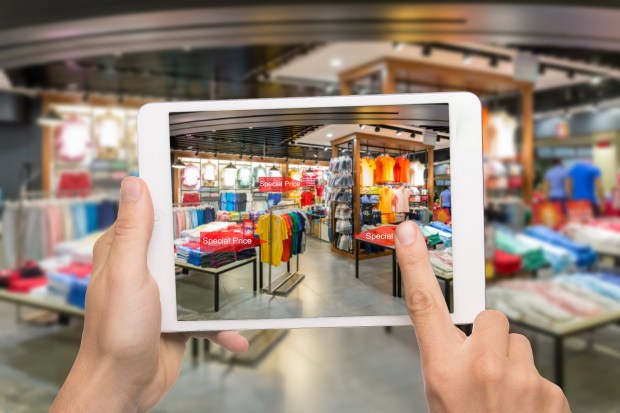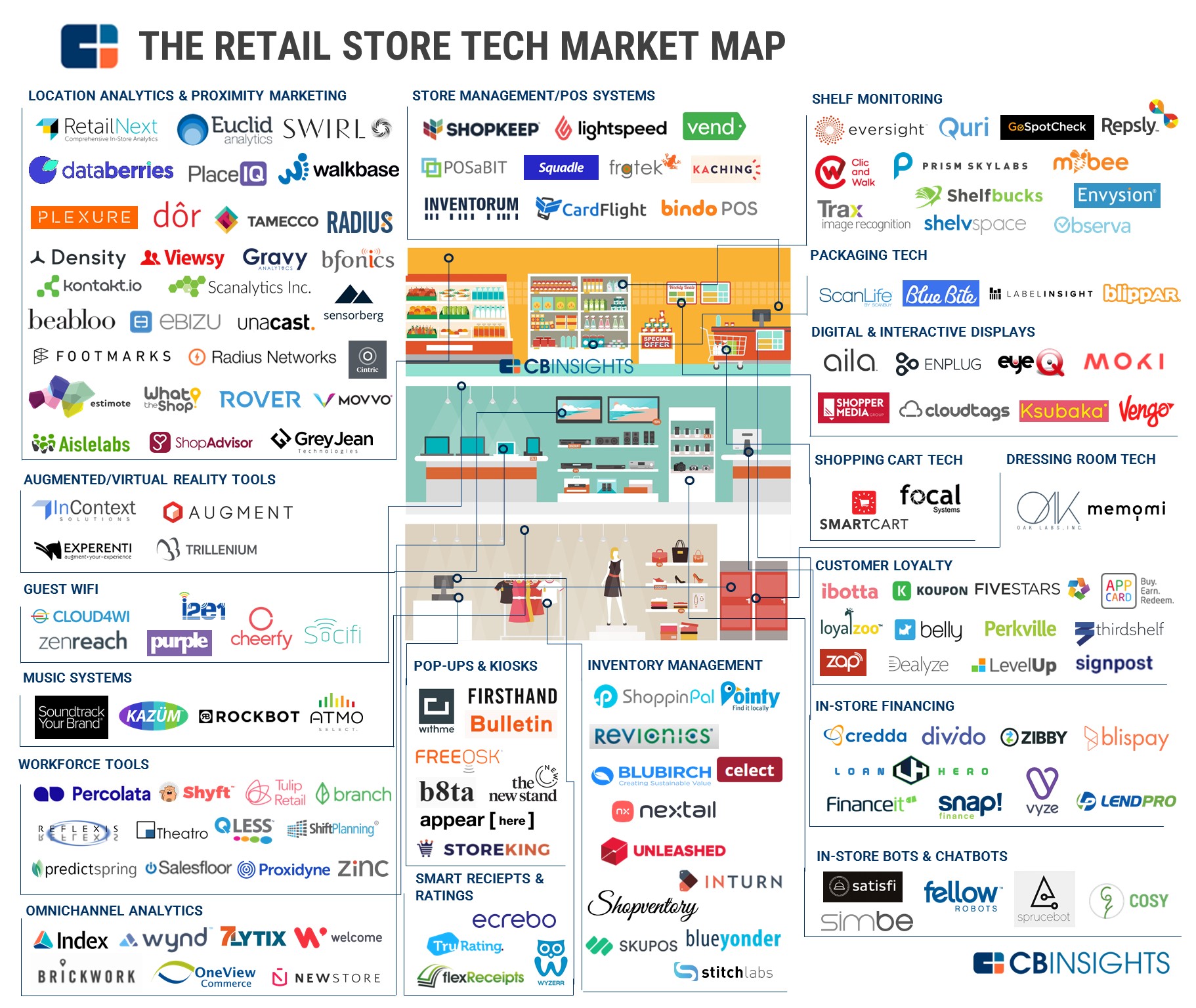Brick And Mortar’s Technology Evolution

Technology has certainly seen a big evolution over the last few decades.
In the consumer world, we’ve moved from large desktops and rotary dial phones to razor-thin laptops and smartphones with 10 times the amount of computing power. With each new gadget faster than the one before it, consumers’ expectations for retail interactions have seen a significant shift.
As a result, it should come as no surprise that the technology used in the retail industry has evolved over the past thirty years. In an effort to keep up with consumers’ demands, and with the internet pushing them into the eCommerce era, retailers have been searching and experimenting with ways to satisfy target audiences.
Brick-and-mortar technology. It’s a hot topic for debate and many have questioned whether or not integrating technology into physical stores will help or hinder their existence.
While many have added digital pay options like Apple Pay and Android Pay to their stores, others like Sephora and Brazilian-based Melissa Shoes have installed tablets to help enhance the shopping experience. By welcoming consumers to interact with retailers’ branded technology, these companies are hoping to keep them in the store longer to hopefully buy more and create a relationship.
From installing retail beacons to contactless payments, WiFi, smart fitting room technologies, digital mall directories and in-store consumer path tracking, retailers have been figuring out what’s best for their business. The retail technology industry is expansive and lucrative. To provide a more defined picture, software company CB Insights gathered details for the 150+ startups looking to change the face of retail through technology.
The below CB Insights infographic splits up the various retail startup technology companies:
With all of these choices available to consumers, it may be both overwhelming and thus difficult to determine which is necessary for each retailer. Research from Forrester indicates retailers are not focusing on the right technologies and that while many first-generation platforms sound promising, they miss the mark in terms of adding value to the customer experience.
While technology integration on retailers’ operation side has been shown to be very beneficial in streamlining activities, most technologies geared toward the customer tell a different story. Of the 16 customer-facing technologies Forrester analyzed, mobile was the only one found to be of any value to retailers’ core business.
“Retailers are scrambling to revolutionize the in-store shopping experience with digital technologies, but the resulting experiences are still often unnecessary, unintuitive or just plain uncomfortable,” said Forrester Analyst Lily Varon in her contributed Forbes piece.
She added, “In the Age of the Customer, retailers must streamline processes and provide their store associates with the right tools they need to win, serve, retain and delight today’s empowered customers.”
Since the advent of the internet, Amazon has been pushing the boundaries for retailers on ways to personalize and expedite the shopping experience. As a result, brick-and-mortar retailers have responded by integrating more technology aspects into their business.
While most in the industry are talking about how more technology integrations will help save retail, Amazon has technically moved a step into brick-and-mortar’s territory this year by opening up its own physical bookstores and grocery stores.
The retail industry as a whole is in flux.
Rather than add unnecessary technologies to retail locations just to be up on the latest, retailers should be carefully evaluating their options to ensure that each addition is adding value to the consumer experience.
As the saying goes, a “happy wife makes a happy life”; the same can be said for consumers when it comes to their relationship with retailers. After all, without a happy consumer where would retailers be?

